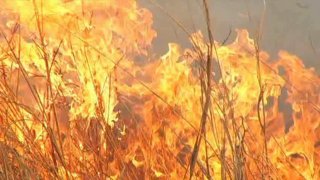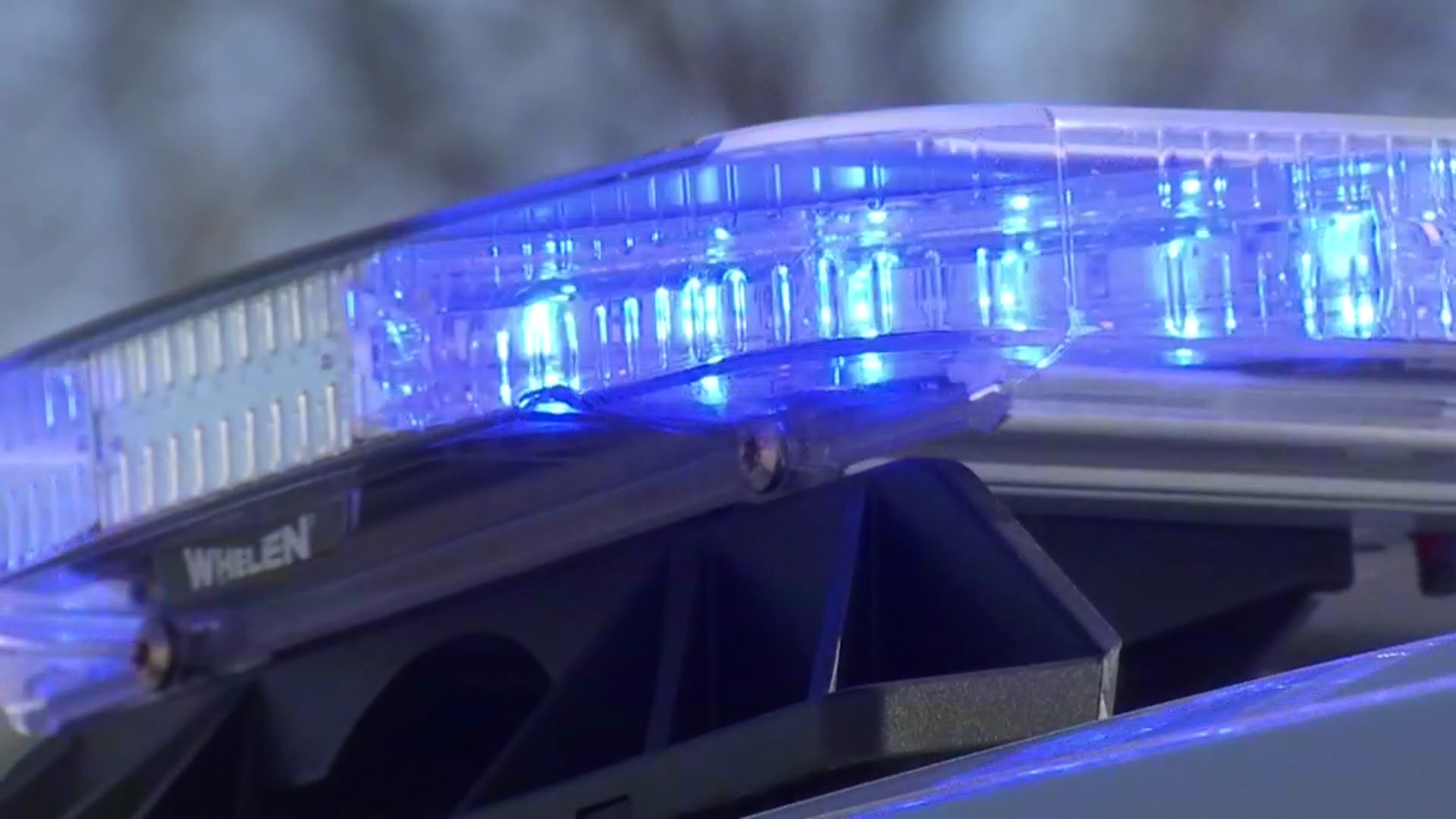
Wildfire activity has increased in Texas, and accelerated drying has elevated the potential for new wildfire ignitions, the Texas A&M Forest Service said.
According to the Texas A&M Forest Service, new wildfires will become increasingly difficult to put out if the current temperatures and drying conditions continue into August as forecasted.
"Vegetation is rapidly losing moisture due to consecutive days of extremely high temperatures," Brad Smith, Texas A&M Forest Service Predictive Services Department Head, said. "Grass that was green five days ago has wilted and turned brown under the accelerated drying produced from the extreme heat. It will be quite difficult to replenish this lost moisture during the normally dry months of July and August."
Rich Gray, Texas A&M Forest Service Chief Regional Fire Coordinator, reported that state resources have been "extremely busy" responding to the increased wildfire activity across Texas as conditions continue to quickly deteriorate.
"Much of Texas is primed for wildfires right now," Gray said. "While it's important for individuals to take steps to prepare and protect their homes and families for a wildfire, I would also urge Texans to think about protecting our first responders, too-especially during the COVID-19 pandemic-and prevent a wildfire from ever starting."
Since the beginning of July, Texas A&M Forest Service and local fire departments have responded to 155 wildfires that burned 27,889 acres across the state.
Many of the recent wildfires have been attributed to humans and activities like equipment use and debris burning. According to the Texas A&M Forest Service, these kinds of fires are preventable.
Texas News
News from around the state of Texas.
"It is up to residents to take the first steps in protecting their families, homes and property, long before the fire even starts," Kari Hines, Texas A&M Forest Service Firewise Coordinator, said. "Local firefighters rely on us all to be prepared for wildfires and create a safe environment for them to operate in by creating defensible space around our homes."
Preparing for a wildfire requires everyone to take responsibility for protecting themselves, their family, and their property, the Texas A&M Forest Service said.
Individuals should create defensible space around their homes to allow for low intensity, slow-burning conditions in the event of a wildfire.
Such defensible spaces should involve non-flammable landscaping materials within the first five feet of the home. Within the first 30 feet of the home, plants, trees, and mulch should be watered regularly.
Homeowners should consider xeriscaping if they are affected by water restrictions, the Texas A&M Forest Service said.
A healthy, well-maintained landscape is important to the survival of homes during a wildfire. Make sure your plants are carefully spaced, low growing and free of resins, oils and waxes that burn easily.
Maintaining a healthy, low-growing landscape that is free of oils, resins, and waxes, removing dead vegetation within 10 feet of the home, and pruning trees six to 10 feet up from the ground are important steps in ensuring the survival of a home during a wildfire.
According to the Texas A&M Forest Service, if a wildfire is spotted, individuals should immediately contact local authorities.



